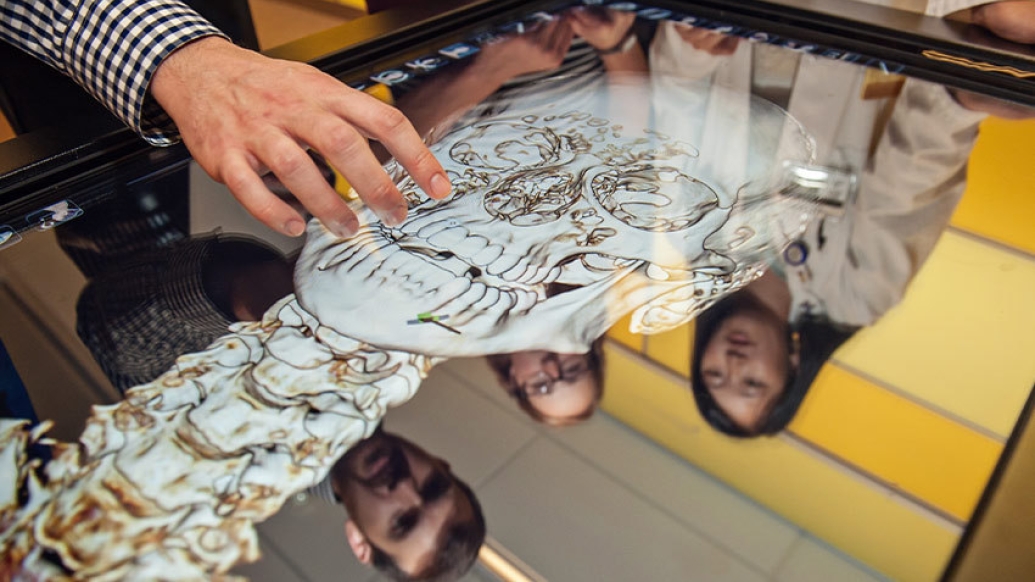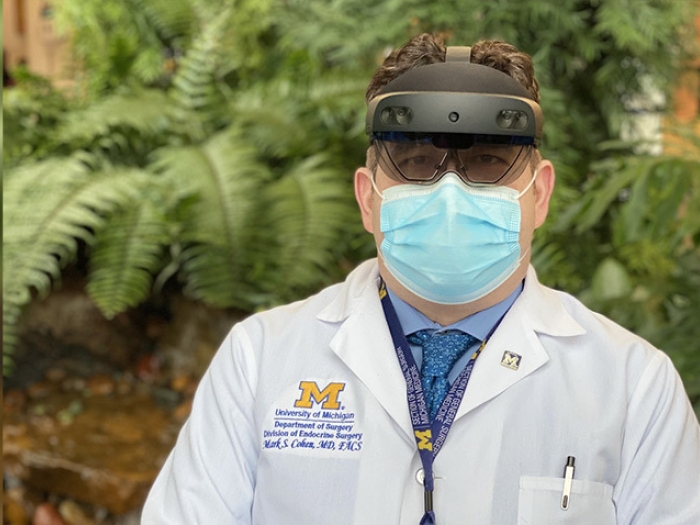A team of experts developed an innovative medical education program via a remote learning platform.
5:00 AM
Author |

When the COVID-19 pandemic first started, medical education was met with some serious challenges. As most courses moved to online platforms, gross anatomy, a subject traditionally taught in-person with a corresponding lab component, required some major modifications.
In early March of 2020, the University of Michigan Medical School's division of anatomical sciences had to move all of their courses to virtual learning, which meant that onsite dissections would no longer be an option. However, Michigan Medicine's B. Kathleen Alsup, Ph.D., M.A., director of Anatomical Sciences, and Glenn Fox, Ph.D., M.S., director of the Anatomical Donations Program, leveraged BlueLink, an online education resource, developed in September of 2014. This tool proved to be incredibly useful as faculty and students adjusted to a new way of learning.
"The purpose of BlueLink has always been to share U-M anatomy curricula with the world," says Alsup. "So, the pandemic gave us the opportunity to both use and grow this platform. The tool includes high quality, content-expert reviewed anatomical learning resources. As you can imagine, it has proven to be quite valuable as most courses have been moved to virtual platforms."
Alsup notes that BlueLink includes a library of cadaveric atlas images, or illustrated maps of the human body, as well as relevant lab manuals and dissection guides. Students are also able to access an educational library that includes anatomical learning objective and dissection videos, cadaveric extended reality resources and interactive multiple choice and image-based quizzes.
"All of our BlueLink materials are also free for non-commercial, educational purposes and we really tried to design them around the concept of global access, with a focus on educational equity," Fox adds. "We wanted to free faculty – on a global level – from the burdens of commercial copyright. So, we really view this tool as a timely resource, given the learning constraints put on medical education during COVID-19."
While BlueLink was already a well-used resource before the pandemic, its use significantly increased: "We noticed an influx of requests for usage, as well as a rapid increase in our website traffic," he says.
MORE FROM THE LAB: Subscribe to our weekly newsletter
The pair notes a multi-university study recently published in Anatomical Sciences Education provides an analysis of anatomy education before and during the COVID-19 pandemic by assessing 67 universities.
"The research team surveyed academic institutions on a global scale," says Alsup. "And what they found was that there was an increase in the use of digital teaching resources during the pandemic, with statistically significant increases in the use of BlueLink resources."
According to Fox, this study's data showed that BlueLink resources are used as much, if not more, than some of the more traditional anatomical resources, such as Gray's Anatomy or the Netter Atlas of Human Anatomy. It also provides evidence that BlueLink resources have been essential in assisting the pandemic-related transition in teaching that occurred at many universities due to COVID-19 restrictions to in-person education.
"As schools rely more and more on XR, or computer-extended reality, BlueLink's cadaveric photographs are often needed to provide context to these images," he adds. "For example, we've seen it used by students within Case Western Reserve University's HoloAnatomy program, among others."
Lastly, the team acknowledges that witnessing the use of content created at Michigan Medicine to support both U-M students and those who seek to understand human anatomy inspires them to work harder.
"We will continue to develop and share resources that connect with learners worldwide," says Alsup. "BlueLink resources help democratize U-M anatomy curricula and help fulfill our mission of public education."
Paper cited: "An Analysis of Anatomy Education Before and During Covid‐19: May–August 2020," Anatomical Sciences Education. DOI: 10.1002/ase.2051
Like Podcasts? Add the Michigan Medicine News Break on iTunes, Google Podcast or anywhere you listen to podcasts.

Explore a variety of health care news & stories by visiting the Health Lab home page for more articles.

Department of Communication at Michigan Medicine
Want top health & research news weekly? Sign up for Health Lab’s newsletters today!





